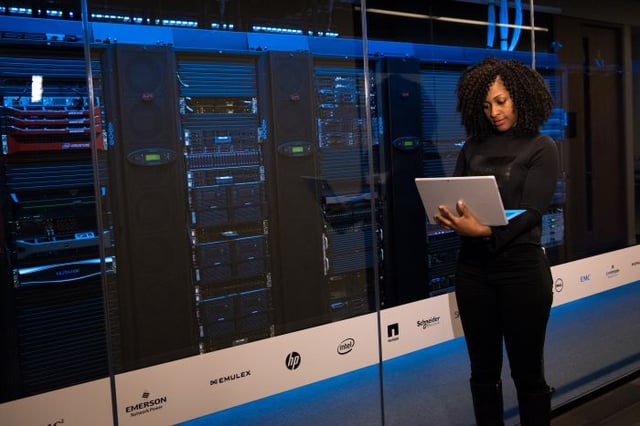
What Business Leaders Need to Know About Virtualization

The virtual desktop has been on a roller coaster ride of sorts as it seeks to find a home in enterprise infrastructure.
First, it was the wave of the future – admittedly, a title given to many new technologies– in that it would centralize desktop management and lower costs on the client end. Then it was dead in the water, given the burdens it placed on storage and network infrastructure. Then it was OK again, but only in certain circumstances like call centers and help desks. And then came the cloud and mobile technology, which promised to alter the cost/benefit of VDI deployments and infrastructure across the board.
Now, it seems virtual desktops are in again, at least from the vendor perspective, as many top platform providers seem to have renewed their efforts to simplify the creation of VDI and lower the operating costs even further.
A case in point is Dell, which recently introduced a series of new cloud client computing applications designed to shore up some of the issues organizations have encountered deploying virtual desktops in Microsoft-based environments. For instance, there is a new version of DVS Enterprise for Windows Server 2012 that provides a friendlier licensing environment for up to 600 users or more than a thousand remote desktop sessions (RDSH). As well, there is the DVS Enterprise for vWorkspace reference architecture, which extends Hyper-V-based seat counts to about 5,000 and provides a series of management tools to improve deployment flexibility and provisioning speed.
According to Jeff McNaught, executive director for marketing and chief strategy officer for Dell cloud client computing, these and other advances have lowered per client costs to about $60 per month, with boot times coming in at about 10 seconds or less, which is faster than most PCs. This is pushing VDI quickly past call center and other static applications to more flexible uses for higher-order knowledge workers. And with Dell’s acquisition of Wyse Technologies, the company can provide a full turnkey VDI solution with integrated server, storage, networking and thin client platforms.
Advanced networking is also revamping the VDI cost equation. According to Mellanox, its 10 GbE with RDMA over Converged Ethernet (RoCE) interconnect platform is delivering record results. When paired with LSI’s Nytro MegaRAID application acceleration card and Windows Server 2012 over Hyper-V, the system can deliver more than 100 virtual desktops in less than five seconds – with application latency reduced by 30 percent. Mellanox says a key factor in the improved performance is the offload of CPU performance overhead made possible by the RDMA interconnect, as well as low-latency server side flash caching.
And from thin-client developer Devon IT, there is the new VDI Blaster 7.2.2, a PC repurposing tool that turns obsolete PCs into thin clients that can be centrally managed and even upgraded for advanced applications without the need for end-to-end VDI infrastructure. The new version provides wireless support and a new Echo management platform that maintains consistency of settings and configurations. As well, there is a new GUI and a First Boot Wizard that simplifies initial setup. The system supports Microsoft Terminal Services and virtual desktop platforms from Citrix, Microsoft, VMware and Virtual Bridges.
It is still hard to imagine VDI making a full sweep of enterprise client-side infrastructure, but it is clear that with younger workers having been brought up in a wireless world there will have to be some flexibility in desktop deployments in order to capitalize on user productivity. A portable desktop image will go a long way toward ensuring a robust data environment, no matter how people choose to access it.











